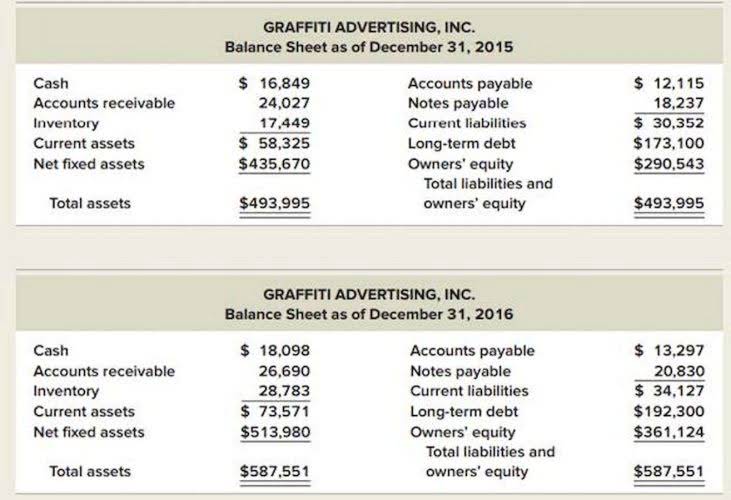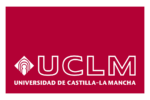
The consolidation method is a powerful accounting technique used when an investor has control over an investee, typically through ownership of more than 50% of the voting stock. You’ll find that this method combines the financial statements of both entities, providing a thorough view of the parent company’s financial health. Basic equity value is simply calculated by multiplying a company’s share price by the number of basic shares outstanding. A company’s basic shares outstanding can be found on the first page of its 10K report.
Formula to Calculate Shareholder’s Equity (Stockholders Equity)
On the other hand, an investor might feel comfortable buying shares in a relatively weak business as long as the price they pay is sufficiently low relative to its equity. In the stock market, shareholders’ equity (or owners’ equity for privately held companies), represents the difference between a company’s assets and liabilities. If all of the company’s assets were liquidated and used to pay off debts, the shareholder’s equity is the amount that would be left over. In the case of an acquisition, it is the value of company sales minus any liabilities owed by the company that are not transferred with the sale.

Retained Earnings (or Accumulated Deficit)
The term, “equity”, in finance and accounting comes with the concept of fair and equal treatment to all shareholders of a business on a pro-rata basis. This relationship ensures that every dollar of the company’s assets is accounted for either as a liability (debts owed) or equity (the owners’ residual interest). It provides a clear snapshot of a company’s financial position, helping stakeholders understand how a business finances its operations. Total equity represents the cornerstone of a company’s financial standing, reflecting the owners’ residual interest in its assets after deducting liabilities. In simpler terms, gross vs net it is what remains for the shareholders after all debts and liabilities are accounted for. Investors and analysts look to several different ratios to determine the financial company.
How Do You Calculate Shareholders’ Equity?
Total Equity provides insight into a company’s net worth and its ability to sustain operations without external support. For corporations, total equity is also referred to as shareholders’ equity, whereas for sole proprietors or partnerships, it might be labeled as owners’ equity. Let us consider an example to compute the total equity for a company called ABC Limited. It is in the business of manufacturing customized roller skates for both professional and amateur skaters. As per the balance sheet of ABC Limited for the financial year ended on March 31, 20XX, the total assets are $750,000, and the total liabilities are $450,000. These calculations highlight how the equity formula helps determine a company’s financial health and inform investment decisions.
- Business growth can have a positive impact on equity as it often leads to increased revenues, profits, and asset values.
- This can be achieved through cost-cutting measures, increasing sales, or implementing more efficient business practices.
- Each entry made on the debit side has a corresponding entry or coverage on the credit side.
- Business interest expense is usually tax deductible while dividend payments are subject to corporate and personal income tax.
- Let us take the annual report of Apple Inc. for the period ended on September 29, 2018.
Why Equity is Important in a Business
CFI is on a mission to enable anyone to be a great financial analyst and have a great career path. In order to help you advance your career, CFI has compiled many resources to assist you along the path. The global adherence to the double-entry accounting system makes the account-keeping and -tallying processes more standardized and foolproof. total equity formula Accounts receivable lists the amounts of money owed to the company by its customers for the sale of its products.


Learn financial statement modeling, DCF, M&A, LBO, Comps and Excel shortcuts. In other words, the cost of debt is lower for established companies operating in mature low-risk markets, albeit the notion that the automotive industry is not at risk of disruption is misinformed. But while the valuation of Tesla (TSLA) seems outsized compared to its industry peers, one important aspect to understand is that traditional automakers are much more dependent on debt financing.
- A company’s stock could be more risky if its D/E ratio significantly exceeds those of others in its industry.
- Calculation of Balance sheet, i.e., Total asset of a company will sum of liability and equity.
- This can occur when a company decides to raise additional capital or when employees are granted stock options or equity incentives.
- The “Treasury Stock” line item refers to shares previously issued by the company that were later repurchased in the open market or directly from shareholders.
- Current assets include cash and anything that can be converted to cash within a year, such as accounts receivable and inventory.
- Shareholders of a company are typically interested in the company’s shareholder’s equity, which is represented by their shares.
- Equity fluctuations can reveal a lot about a company’s financial health and performance over time.
Retail Giants Plc faced a $0.8M equity decrease in Q4 2022, influenced by declining sales and increased liabilities. The next step involves calculating the terminal value based on P/BV multiple in the final year and discounting it back to its NPV. Finally, sum the present values of dividends and the present value of the terminal value to calculate the company’s net present value per share. For intrinsic valuation, dividend discount models are used instead of a traditional DCF model (a form of financial modeling). A dividend discount model is based on projecting a company’s dividends per share using projected EPS. It involves discounting these dividends using the cost of equity to get the NPV of future dividends.
Let’s assume that ABC Company has total assets of $2.6 million and total liabilities of $920,000. Equity, as we have seen, has various meanings but usually represents ownership in an asset or a company, such as stockholders owning equity in a company. ROE is a financial metric that measures how much profit is generated from a company’s shareholder equity. As part of its 2024 annual report, Apple reported $56.95 billion of shareholder equity, down from $62.1 billion the year prior. Of the 50.4 million shares authorized, the company had issued roughly 15.1 million shares. Let’s say Company A has $5 million in total assets and $1 million in total liabilities.
Example of Company Equity
The left-side value of the equation will always match the right-side value. The total amount of all assets will always equal the sum of liabilities and shareholders’ equity. Debt-financed growth can increase earnings and shareholders should expect https://www.bookstime.com/ to benefit if the incremental profit increase exceeds the related rise in debt service costs. The share price may drop, however, if the additional cost of debt financing outweighs the additional income it generates. The cost of debt and a company’s ability to service it can vary with market conditions.



